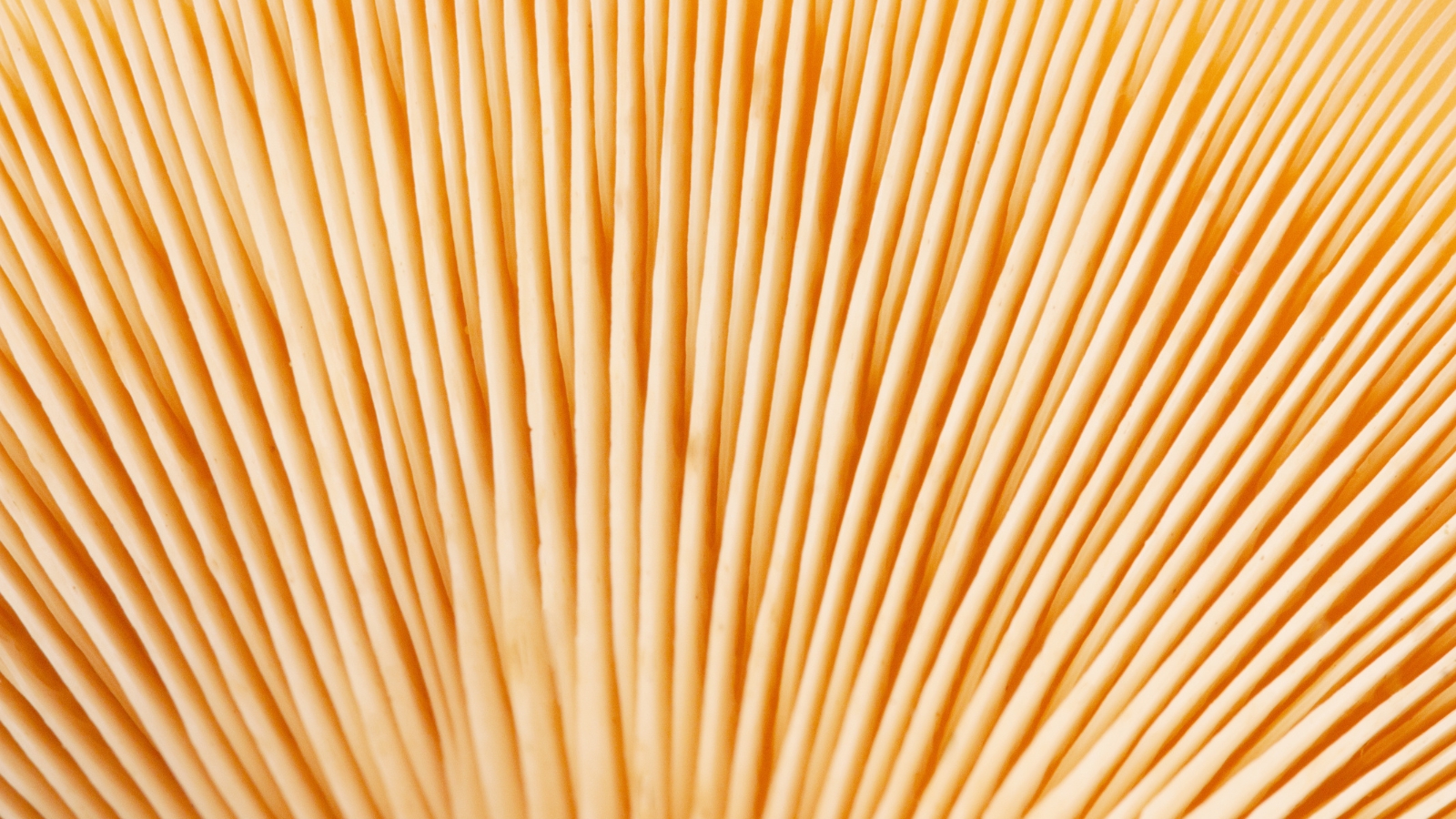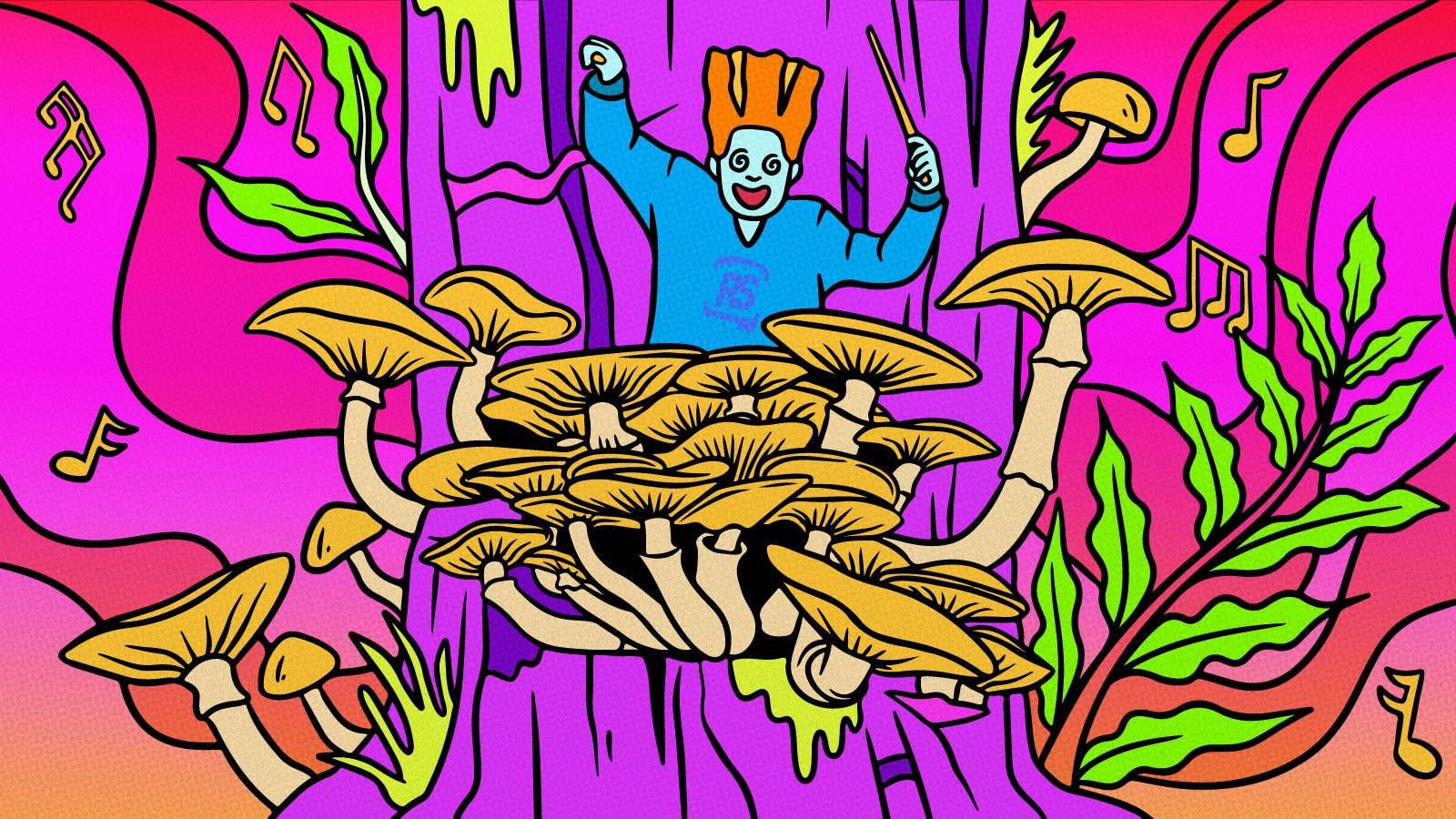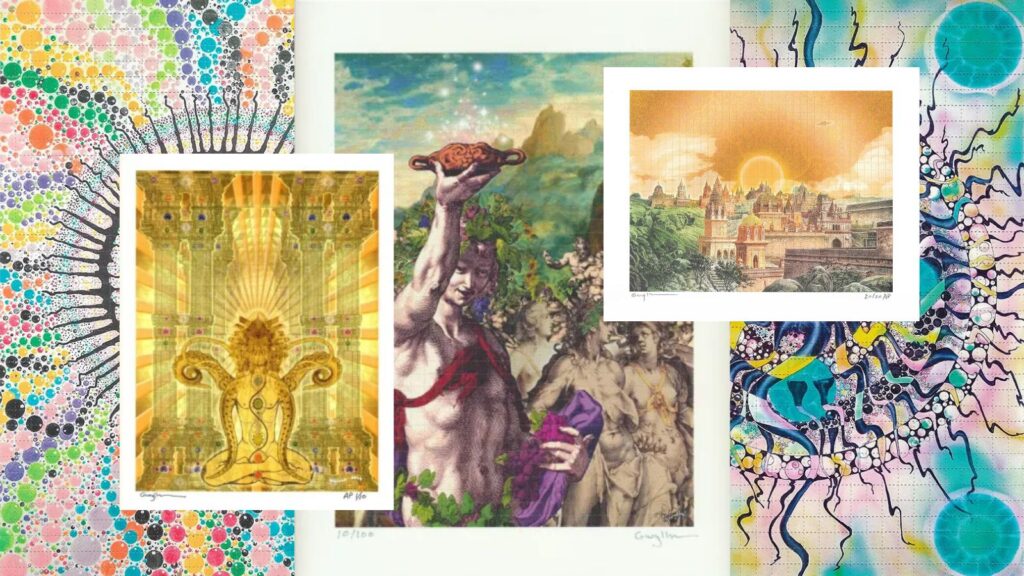Magic mushroom varieties like Liberty Caps and Penis Envy get a lot of attention, but there are so many lesser-known varieties to study. The Big Laughing Gym, or Gymnopilus junonius, stands as a fascinating subject in the mycological community, particularly among North American species. Our journey today aims to demystify the intricate aspects of identifying these mushrooms, revealing the nuanced tapestry behind their rich history and bewildering variety.
Unraveling the Laughing Gym Species Complex
The Laughing Gym mushrooms, primarily Gymnopilus junonius (formerly known as Gymnopilus spectabilis), present a complex challenge to mycologists. This species complex, characterized by its large, rusty-orange caps, and stout stems, is a common sight across North America.
Common Names and Variations
These mushrooms are known by various names—Big Laughing Gym, Laughing Jim, Laughing Cap, and Spectacular Rustgill, to name a few. The diversity in nomenclature reflects their wide geographical spread and the cultural significance attached to them.
North America hosts several species under the Laughing Gym umbrella. Each species, while similar in appearance, possesses unique characteristics that require keen observation for accurate identification.
The Laughing Gym species are often confused with other mushrooms due to their similar appearances. Distinguishing them requires a careful examination of cap color, spore print, and habitat.
Hallucinogenic Properties of Big Laughing Gym
The Laughing Gym mushrooms, with their enigmatic presence, have long captivated the minds of those fascinated by the mystical and the scientific. Their name itself, often associated with laughter and euphoria, hints at a deeper, more profound interaction between humans and fungi.
Due to its reported psychoactive properties, the Gymnopilus junonius, or the Big Laughing Gym, has been a subject of intrigue. Across different populations, these mushrooms are known to contain varying levels of psilocybin, a compound known for its hallucinogenic effects.
However, the concentration of these compounds can greatly vary, making their effects unpredictable. Scientific studies have been conducted to understand the pharmacology of these substances, offering insights into how they interact with the human brain, causing alterations in perception, mood, and thought.
Taxonomy and Naming Conundrums
The Laughing Gym mushrooms have undergone significant taxonomic changes over the years. Initially classified under the genus Agaricus, these mushrooms were later reclassified into the Gymnopilus genus due to distinct genetic and morphological differences. The specific epithet has also seen changes; for instance, what was once known as Gymnopilus spectabilis in certain regions has been reclassified as Gymnopilus junonius, following deeper genetic analysis.
These changes are not just academic; they reflect our growing understanding of fungal genetics and ecology. These names’ evolution mirrors mycological research advancements, incorporating molecular biology techniques and phylogenetic studies.
This constant refinement of taxonomy is crucial for accurate identification, ecological studies, and understanding of the evolutionary relationships among fungi. It’s a testament to the ever-evolving nature of science, where new discoveries continually reshape our understanding of the natural world.

Identifying Characteristics of Big Laughing Gym
The Big Laughing Gym, a mushroom of both allure and mystery, presents unique characteristics that are pivotal for its identification.
Seasonal Appearance
The Big Laughing Gym typically reveals itself from late summer through to the early winter months. This timing is crucial for foragers and researchers alike, as it provides a window for observation and study. The mushroom’s growth cycle is closely tied to environmental factors, making its seasonal appearance a key indicator in identification.
Habitat and Occurrence
This mushroom predominantly thrives in deciduous and mixed woodlands, often favoring the substrate of decaying wood of hardwood trees. Its presence spans various North American regions, exhibiting adaptability to diverse ecological conditions.
Visual Identification Guide
Navigating through the world of mycology requires a keen eye for detail, especially when identifying species like the Big Laughing Gym.
Cap Features
The cap of the Big Laughing Gym is its most distinctive feature. It varies in color from a vibrant yellow to a deep orange, often with a rusty or reddish hue. The shape ranges from convex to flat as it matures, with a surface that can be dry and fibrous or slightly sticky to the touch. These characteristics are vital for distinguishing the Big Laughing Gym from similar species.
Gills and Stem Characteristics
The gills of this mushroom are typically crowded, ranging in color from yellow to rusty brown as the spores mature. The stem is sturdy and thick, often with a yellowish hue, and can have a ring or remnants of a veil. These features, combined with the gills, provide important clues for identification.
Flesh, Odor, and Taste
The flesh of the Big Laughing Gym is firm and white, turning yellowish with age or when bruised. It emits a distinctive earthy, sometimes fruity odor. While not a recommended method for identification due to potential toxicity, the taste is reported to be mild or slightly bitter.

Spore Print and Identification Tips
The spore print and identification techniques are crucial tools for distinguishing the Big Laughing Gym from other species.
Spore Print
A spore print of the Big Laughing Gym typically reveals a rich, rusty brown color, a distinguishing feature among fungi. This print is obtained by placing the cap on a dark surface, allowing spores to fall and create a pattern. The color and density of this print are significant in confirming the mushroom’s identity, serving as a reliable characteristic in the identification process.
Tips for Identification
When identifying the Big Laughing Gym, it’s vital to consider multiple factors: habitat, time of year, and physical characteristics like cap color, gill structure, and stem features. Always cross-reference with reputable guides and consult experienced mycologists if possible.
Remember, safety is paramount; never consume a mushroom unless you are 100% certain of its identity. For beginners, joining local mycological societies or participating in guided forays can be invaluable in gaining practical identification skills. Additionally, taking note of any ecological interactions, such as the mushroom’s relationship with specific tree species, can further aid in accurate identification.
Final Thoughts
The journey through the world of the Big Laughing Gym is one of fascination, complexity, and caution. As we have explored, identifying this mushroom is a matter of distinguishing its physical characteristics and understanding its place in the broader ecological and cultural landscape.
The challenges in identification stem from its varying appearances, the intricate details in its cap, gill, and stem structures, and the vital role of spore prints in confirming its identity.
The Big Laughing Gym stands as a testament to the intricate nature of mycology—a field where attention to detail, respect for nature’s nuances, and an understanding of ecological interplay are essential. For enthusiasts and experts alike, the process of identifying these mushrooms is a continuous learning journey filled with discoveries and reminders of the natural world’s complexity.













